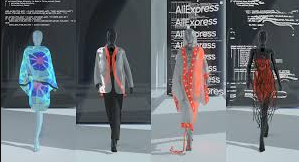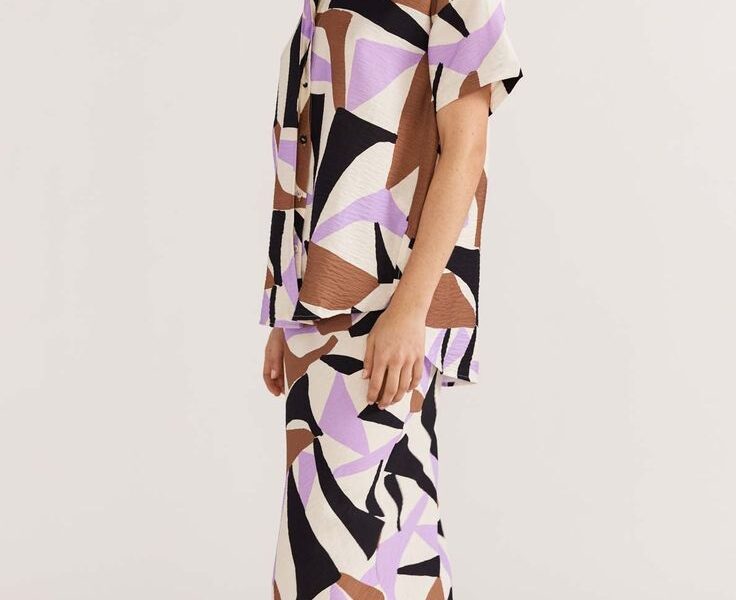Technology is reshaping the fashion industry in profound and transformative ways, redefining how clothes are designed, produced, marketed, and experienced. From 3D printing and digital fabrics to artificial intelligence and augmented reality, innovation is weaving itself into the very fabric of fashion. The future of fashion is not only about trends and aesthetics—it’s about efficiency, sustainability, and personalization powered by technology.
Designers are now using software tools to visualize garments before they’re physically produced, reducing waste and speeding up the creative process. Virtual sampling and 3D prototyping allow brands to experiment with designs and materials in digital environments, saving time and cost. Meanwhile, wearable technology and smart textiles are merging fashion with functionality, enabling clothing that tracks health, adjusts temperature, or even charges devices.
The retail experience has also evolved through technological integration. Virtual fitting rooms, AI-driven recommendations, and augmented reality shopping apps are creating personalized, interactive customer experiences. Consumers can now try on digital outfits, explore collections in virtual showrooms, and purchase garments in the metaverse. Blockchain and NFTs (non-fungible tokens) are also gaining prominence, ensuring authenticity and digital ownership of fashion items.
Ultimately, technology is not just a tool—it’s a catalyst that redefines creativity, accessibility, and sustainability in fashion. As designers, consumers, and brands continue to embrace innovation, the line between physical and digital fashion blurs, paving the way for a future where fashion exists beyond fabric—limitless, immersive, and intelligent.
Digital Fashion and Virtual Runways
Digital fashion is revolutionizing the way fashion is created, presented, and consumed. Unlike traditional garments, digital fashion exists entirely in virtual form—crafted through 3D modeling, virtual textiles, and digital rendering. This innovation allows designers to push creative boundaries without the constraints of fabric, production costs, or environmental impact. Virtual clothing can be showcased, sold, and even worn in digital spaces, such as social media platforms, video games, or the metaverse.
Virtual runways, an extension of digital fashion, have transformed the traditional fashion show experience. During the pandemic, many luxury brands turned to virtual presentations—3D shows, augmented reality experiences, and immersive online platforms—to display their collections. These digital showcases not only expanded global accessibility but also allowed viewers to interact with designs in new, dynamic ways. No longer limited by geography, anyone with an internet connection can attend a fashion show from anywhere in the world.
Digital fashion also introduces a new dimension to sustainability. Since no physical materials are used, there is no waste, no overproduction, and no carbon footprint from logistics. Consumers can purchase digital outfits for avatars or online personas, merging fashion with gaming and social media culture. Brands like Balenciaga, Gucci, and The Fabricant are leading this movement, proving that digital fashion is more than a trend—it’s a transformative shift in the industry’s DNA.
As technology continues to evolve, digital fashion and virtual runways will become the norm rather than the exception. They represent a creative revolution—where imagination replaces inventory, pixels replace patterns, and innovation becomes the new couture.
AI and Innovation in Fashion Design
Artificial intelligence (AI) is at the heart of the fashion industry’s next great transformation. From design to production and marketing, AI is redefining how fashion operates—making it smarter, faster, and more sustainable. Designers are now using AI algorithms to analyze fashion trends, consumer preferences, and color palettes, helping them make informed design decisions. By learning from massive datasets, AI can predict which styles will resonate with audiences, reducing the risk of unsold inventory and waste.
AI-powered design tools also allow for hyper-personalization. Consumers can now have garments tailored to their exact measurements and preferences through virtual fitting systems. Brands like Adidas and Nike use AI to create personalized products, while fashion startups are leveraging machine learning to generate new, innovative designs based on customer data. This fusion of creativity and computation is producing unique, data-informed aesthetics that were once impossible to achieve manually.
On the production side, AI improves supply chain management by forecasting demand, optimizing inventory, and automating manufacturing processes. This leads to more efficient production cycles and reduced environmental impact. In retail, AI chatbots and virtual stylists enhance customer engagement, providing real-time recommendations and styling advice.
Innovation through AI doesn’t replace human creativity—it amplifies it. Designers can focus more on storytelling, aesthetics, and craftsmanship while AI handles data-driven analysis and optimization. The partnership between human intuition and machine intelligence is shaping a smarter, more adaptive fashion ecosystem. As AI continues to evolve, it promises a future where fashion becomes more responsive, inclusive, and sustainable—blending artistry with advanced technology.


